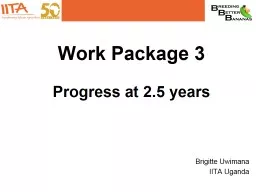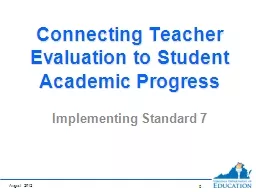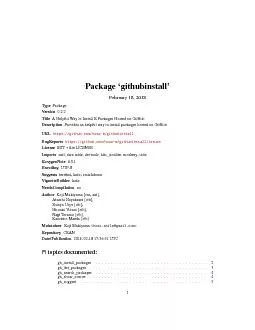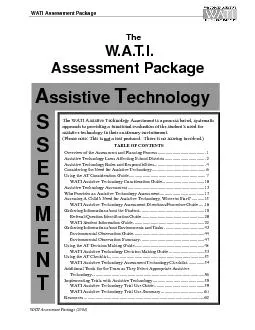PPT-Work Package 3 Progress at 2.5 years
Author : mitsue-stanley | Published Date : 2019-03-13
Brigitte Uwimana IITA Uganda To develop molecular tools for selection in banana breeding through QTL analysis for Fusarium wilt R1 and SR4 Burrowing nematodes
Presentation Embed Code
Download Presentation
Download Presentation The PPT/PDF document "Work Package 3 Progress at 2.5 years" is the property of its rightful owner. Permission is granted to download and print the materials on this website for personal, non-commercial use only, and to display it on your personal computer provided you do not modify the materials and that you retain all copyright notices contained in the materials. By downloading content from our website, you accept the terms of this agreement.
Work Package 3 Progress at 2.5 years: Transcript
Download Rules Of Document
"Work Package 3 Progress at 2.5 years"The content belongs to its owner. You may download and print it for personal use, without modification, and keep all copyright notices. By downloading, you agree to these terms.
Related Documents














